This ‘Care by Climate Type’ Gardening Guide Helps You Pick Perennials That Will Thrive in Your Yard
Which hardiness zone do you fall into?

When you’re designing a garden, it’s fun to take risks — the more variety in color, texture, and height, the better. But when it comes to choosing the right perennials for your climate, don’t take chances. In order to keep a healthy garden — and have perennials that last for years to come — choose plants that can adapt to and flourish in your geographic location. Luckily, that information is easy to come by. When you purchase a plant, the tag will have a lot of information, including recommended “hardiness zones.”
Cold Comfort
Every few years, the USDA (United States Department of Agriculture) comes out with a Plant Hardiness Zone Map. Recent maps divide the country into 13 zones based on the average annual extreme minimal temperature over the past 30 years. Using that information, recommendations are made regarding which plants will best thrive where. Check the map, or plug in your ZIP code at planthardiness.ars.usda.gov to find your zone.
Once you start doing your research, you’ll note that zone recommendations can vary — one article may say catmint is fit for zones 4-10, while another suggests that it’s well suited for zones 3-8. As with pretty much everything in gardening, there are no hard and fast rules. A plant may very well thrive despite being in the “wrong” zone, and plants said to be a sure thing for a certain climate may die.
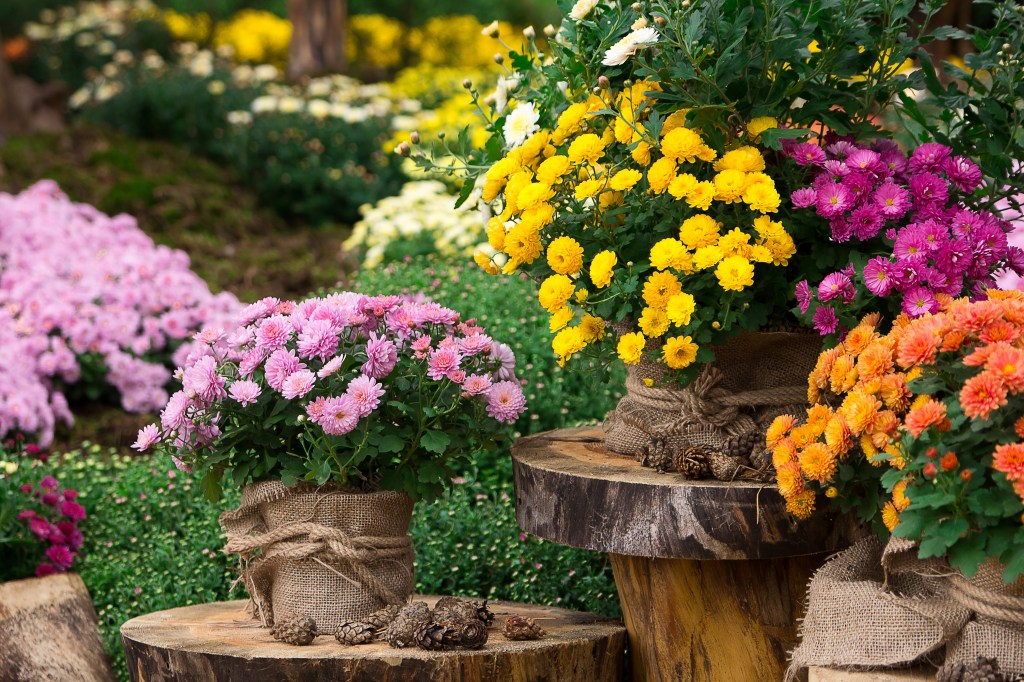
Savina Nataliia/Shutterstock
Something else to consider — your backyard comes with “microclimates,” which the USDA describes as “heat islands” or “cool spots.” The hot spots could be caused by an abundance of concrete. Cold air could amass in areas around a south-facing wall or a valley. Knowing your hardiness zone can only help so much. You know your garden better than the USDA does, and your plants’ health is going to depend on a host of other things including soil condition, placement, water, sun, wind, and care. One last thing to keep in mind: The zones are based on an average, so obviously, an unseasonably cold (or warm!) winter is likely to affect your plants, too.
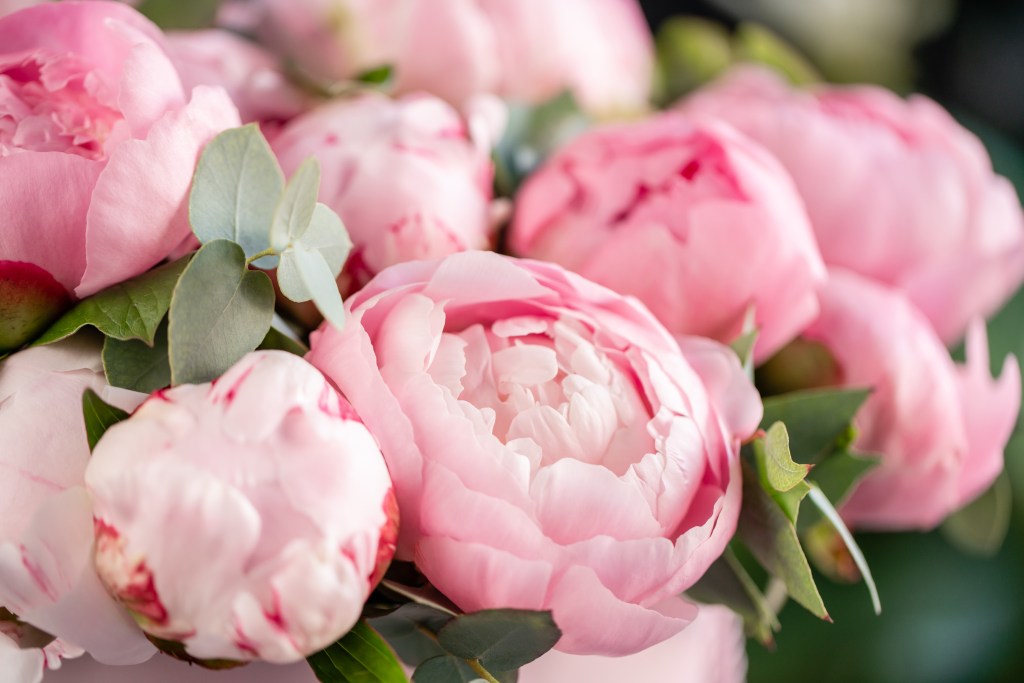
Fusionstudio/Shutterstock
Plants That Remain Hardy in Cooler Temps
- Chrysanthemum Zones 5-9
- Hosta Zones 3-9
- Peony Zone 3-8
- Pink Zones 3-8
- Yarrow Zones 3-8
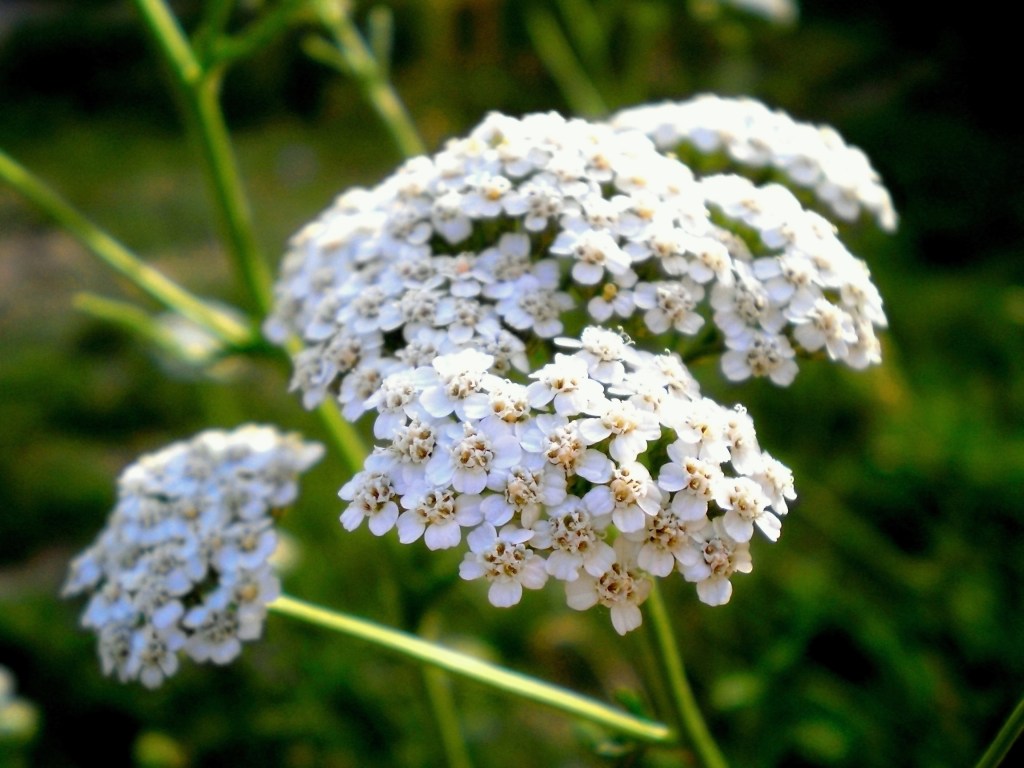
SakSa/Shutterstock
Heat Sheet
Because temperatures are rising, some people — especially in the south — are more concerned about whether a plant can withstand the heat. To that end, the American Horticulture Society has created a Heat Zone Map, which divides the United States into 12 zones, each indicating the average number of days the temperature goes above 86 degrees in a year. Why 86 degrees? Above that temperature, plants have trouble processing water quickly, and cell damage begins. Zone 1 has less than 1 heat day, while zone 12 has more than 210 days above 86 degrees.
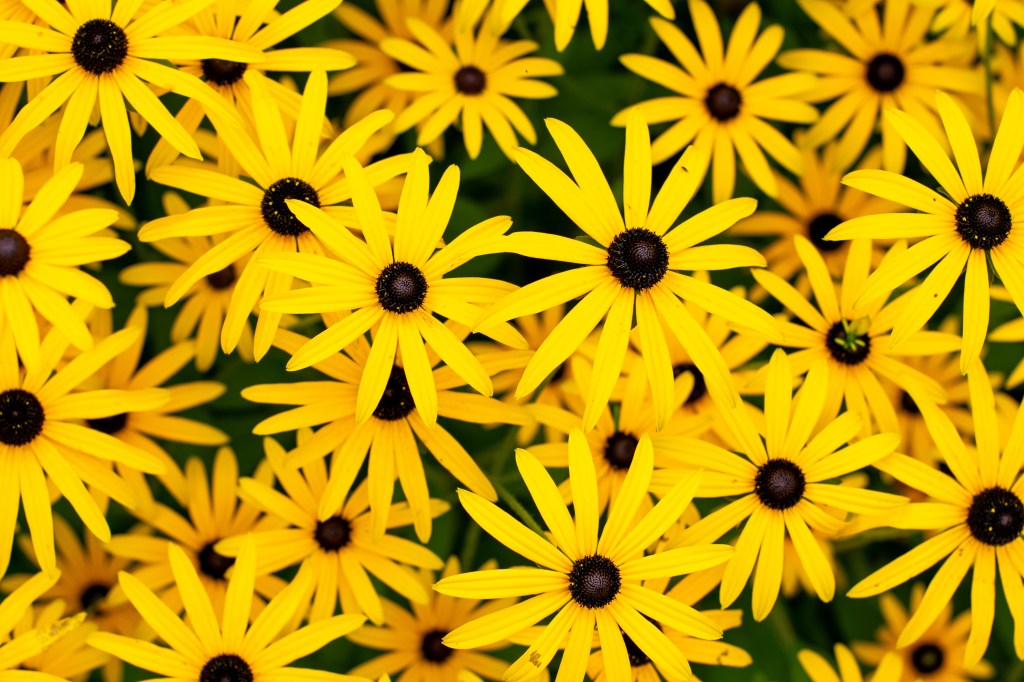
Moravian/Shutterstock
Perennials That Like Their Winters Mild and Summers Hot
- Black-eyed Susan Zones 4-9
- Blazing Star Zones 5-9
- Columbine Zones 3-9
- Gaillardia Zone 3-10
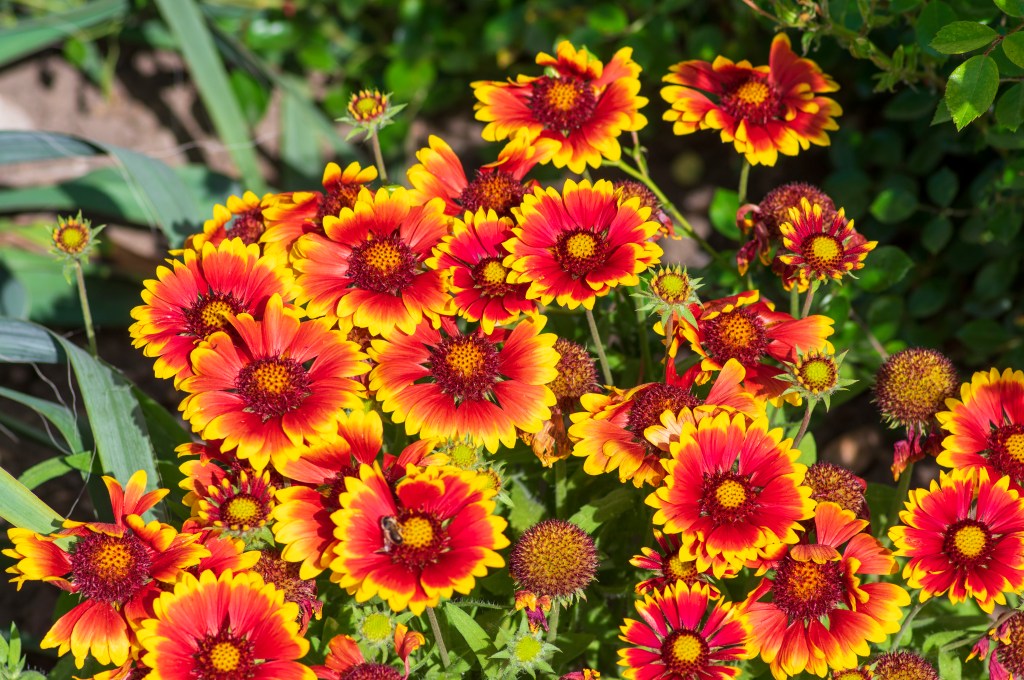
Iva Vagnerova/Shutterstock
Again, think of these as guidelines. Microclimates can make a huge difference in your plants’ well-being, as much as mulch, soil moisture, humidity, and length of exposure during winter months. The heat zone is used less frequently than the hardiness zone, so you may have to do
a little extra research to find out how a plant rates.
A version of this article appeared in our partner magazine, Perennials.












